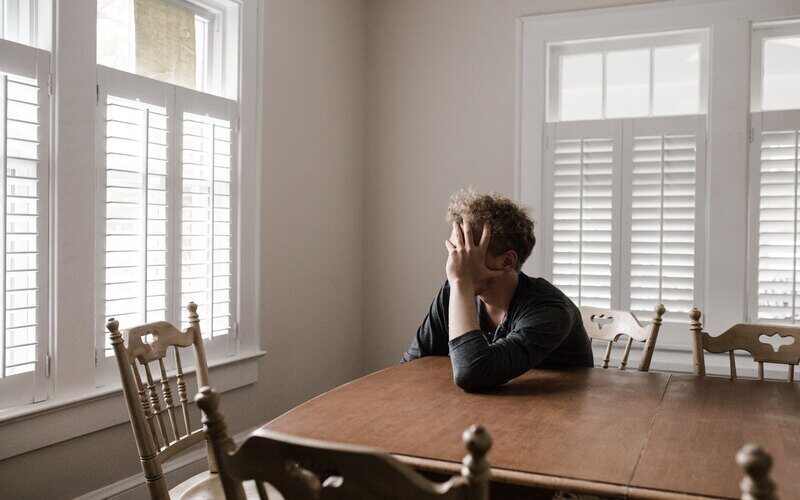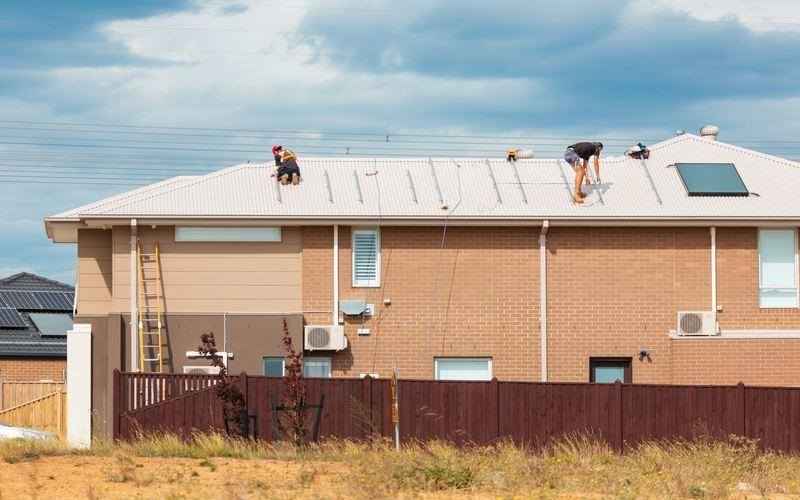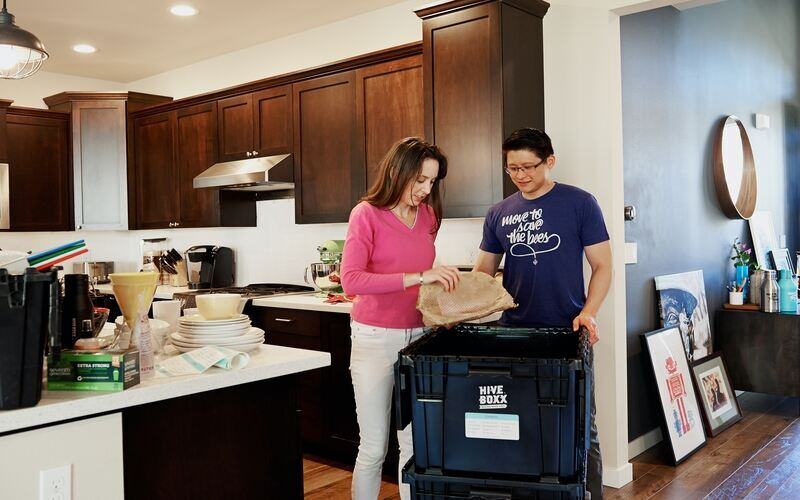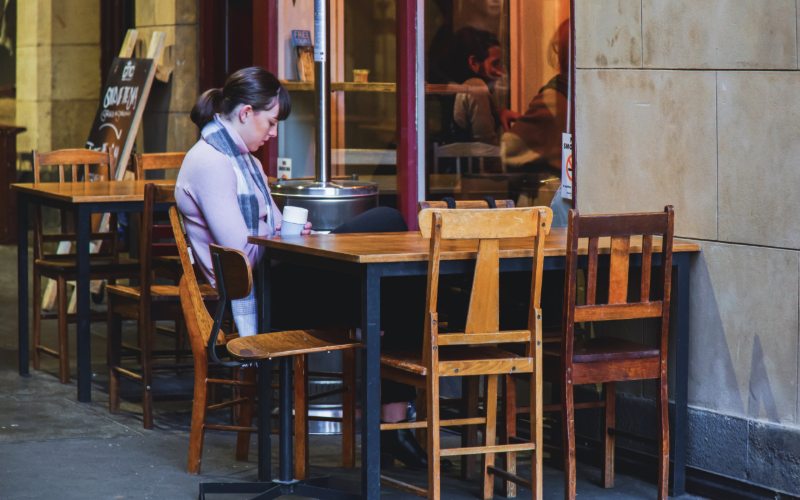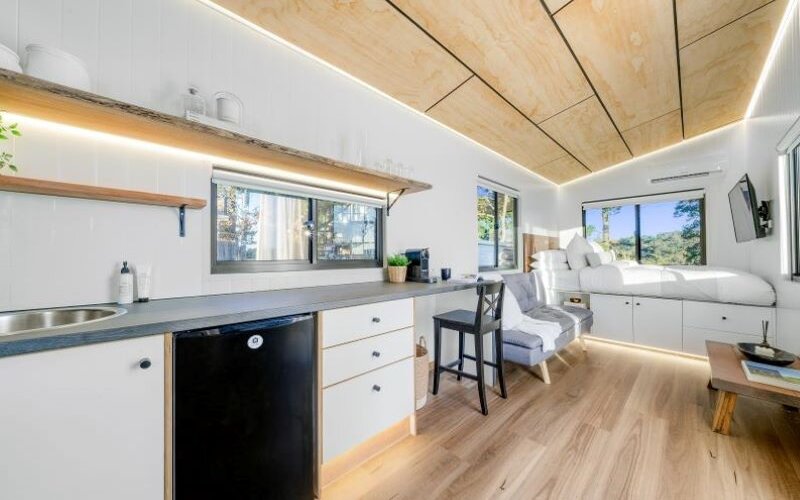Mr Morrison surprised everyone at the Coalition’s campaign launch in Melbourne yesterday when he announced that first home buyers would only need a 5% deposit – instead of the usual 20% – if his government was re-elected.
The First Home Loan Deposit Scheme is based on a scheme already operating in New Zealand, and will be available to first home buyers who have been able to save up for a deposit of at least 5%.
First home buyers will get a significant leg up with our new initiative to slash the size of a home loan deposit. We want to help make the dreams of first home buyers a reality.
— Scott Morrison (@ScottMorrisonMP) May 12, 2019
Read more: https://t.co/NkOjWVOSu1#BuildingOurEconomy pic.twitter.com/mECCJgwemD
The government would guarantee the additional amount needed to reach the 20% threshold, which it says will allow borrowers to save up to $10,000 by not having to pay Lenders Mortgage Insurance.
Labor called it a “desperate” attempt to try and relate to struggling first home buyers, but quickly vowed to match the scheme if elected on Saturday.
How will the scheme work?
Details of the scheme, which is estimated to cost $500 million, are still scant.
The scheme, which will be available from January 1, will be capped to a maximum of 10,000 loans every year, on a first come, first served basis.
“The scheme will ultimately be determined by the number of loans approved by the lenders and the arrangements with the National Housing Finance and Investment Corporation,” Mr Morrison said.
The corporation will act as guarantor on the loans.
Considering there were over 112,000 loans given to first home buyers last year, this is less than one-tenth of the market.
An income threshold will also apply. Singles on an income of up to $120,000 and couples with a joint income of $200,000 will be eligible. Support would stay in place for the life of the loan, or until it is refinanced.
The value of homes that can be purchased under the scheme will be determined on a regional basis to reflect the different property markets.
Scheme poses negative equity risk
The reaction to the announcement has been cautiously welcomed. While commentators collectively agree it will bring relief to those struggling to enter the housing market, there are concerns it will increase the risk of negative equity.
Economists are worried the scheme will result in more people ending up with a loan that is bigger than what their house is worth, if the housing price slump continues.
Former ANZ Bank chief economist, now vice-chancellor research fellow at the University of Tasmania, Saul Eslake, is one of those economists.
“It’s in effect, encouraging people to take out 95% loan-to-value ratio (LVR) loans,” he said.
“In a market where prices appear to be falling, there’s a risk that someone who enters this scheme may find themselves in a negative equity position.”
Independent economist Stephen Koukoulas said the policy encourages people to take out loans with small deposits.
First home buyers will get a significant leg up with our new initiative to slash the size of a home loan deposit. We want to help make the dreams of first home buyers a reality.
— Scott Morrison (@ScottMorrisonMP) May 12, 2019
Read more: https://t.co/NkOjWVOSu1#BuildingOurEconomy pic.twitter.com/mECCJgwemD
“This one seems to be encouraging LVR at a time when we do know prices have been under severe pressure, and they are still falling,” he said.
As for the effect of the scheme on falling property prices, EY chief economist Jo Masters believes it will drive them up.
“Policies like this tend to drive up prices. First-home buyers … will be able to borrow more than they would have done otherwise, it will generate more demand in a sense and bring prices up,” she said.
Mr Morrison said it was “difficult to say” if property prices would rise under the scheme.
Real Estate Institute of New South Wales (REINSW) CEO, Tim McKibbin, said he’s concerned with how the banks will react.
“If somebody comes along and they’ve achieved a 20% deposit, then I think the banks will draw the conclusion that they are a good risk. Whereas somebody who achieves 5% and then has a government subsidy to achieve the rest of it, how the banks will treat that as a risk profile we’re yet to see,” he told the ABC.
Some form of gov financial assistance for FHBs was always highly likely & is another reason Aust home property prices probably won’t see the worst case falls some see
— Shane Oliver (@ShaneOliverAMP) May 12, 2019
Morrison targets first home buyers in new scheme to lower deposit requirement - The Age https://t.co/QjqJDDBgJk
SQM Research Managing Director, Louis Christopher, is cautiously optimistic about the scheme, saying it relies on the cooperation of banks and financial institutions.
“This scheme has a feeling like a deposit bond, and in the past the banks have not always been very welcoming of deposit bonds,” he said.
“I think, though, it’s quite generous overall if it can work. We are talking up to $10,000 easily on mortgage insurance. So if it can work, that’s going to be great for first home buyers.”

Ready, Set, Buy!
Learn everything you need to know about buying property – from choosing the right property and home loan, to the purchasing process, tips to save money and more!
With bonus Q&A sheet and Crossword!



 Harry O'Sullivan
Harry O'Sullivan
 Emma Duffy
Emma Duffy



